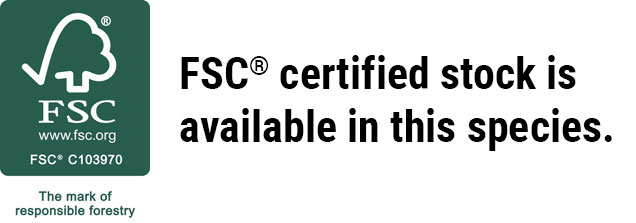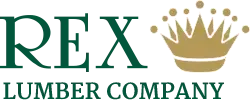Domestic Softwood Cedar, Western Red

Latin Name: Thuja plicata
Family: Cupressaceae - the Cypress family
Other Common Name(s): Arborvitae, Canoe Cedar, Giant Arborvitae, Giant Cedar, Pacific Redcedar, Shinglewood, Thuja Giant, Western Redcedar, Western Red Cedar
Domestic Softwood
Suitable for Exterior/Interior Use
Interior and Exterior
Uses
Boxes, Caskets, Exterior Mouldings, Shakes, Shingles, Shipbuilding, Siding, Cladding, Decking, Fencing, Millwork, Ceiling and Wall Paneling, Windows and Doors, Musical Instruments
Distribution
Western Redcedar grows on the western coast of the United States and Canada. In nature it rarely grows as pure stands, but prefers to grow interspersed among other species such as Douglas-fir, Sitka spruce, western hemlock, black cottonwood and red alder, and in higher elevations, Englemann spruce and western larch. It prefers moist acidic soil. The tree can be successfully plantation grown.
General Description: The sapwood is reported to be narrow, at less than 1" in mature trees, and is a pale white color. The sapwood is clearly demarcated from the salmon pink to chocolate brown heartwood, which can sometimes be variegated. Over time the heartwood color becomes a more uniform variegated reddish-brown, that left exposed will eventually become an even "weathered" gray color. The grain is straight and even, and fairly course in texture, it is reported to be courser than Redwood.
Price Range ($ least expensive, $$$$$ most expensive):
$$$$
Working Properties
Machining: Excellent
Nailing: Excellent
Gluing: Excellent
Screwing: Excellent
Finishing: Excellent
Physical Properties
Weight (lbs/BF): 2.35
Specific Gravity: 0.30-0.36
Modulus of Rupture (psi): 5,250-7,770
Modulus of Elasticity (1,000 psi): 1,000-1200
Side Hardness (lbs): 350
Additional Information
While the species is available, the availability is expected to dwindle. This is due to the fact that demand far exceeds it growth rate of the tree. Western Red Cedars are extremely resistant to decay and insect damage, making them a suitable choice for outdoor furniture. This lightweight, moderately soft wood is easy to work with – it planes, shapes, glues and finishes nicely.
Item Availability
4/4 AVG - Rough Dimension
5/4 AVG - Rough Dimension
8/4 AVG - Rough Dimension

